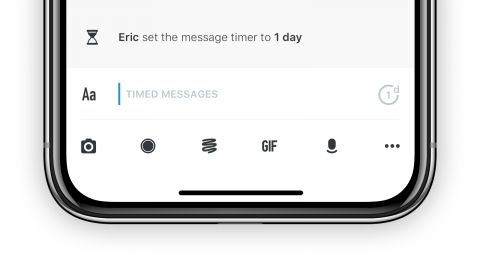When is it best to use chatbots vs. humans for customer service?
A common misconception is that chatbots are intended to solve 100% of problems and completely replace human agents. This is not the case. At this time, chatbots are most useful for solving the repetitive interactions that humans don’t need to spend time on—which allows humans to focus on the high priority case drivers where they’re needed most. There’s a time and place to offer support with a chatbot versus a human.











